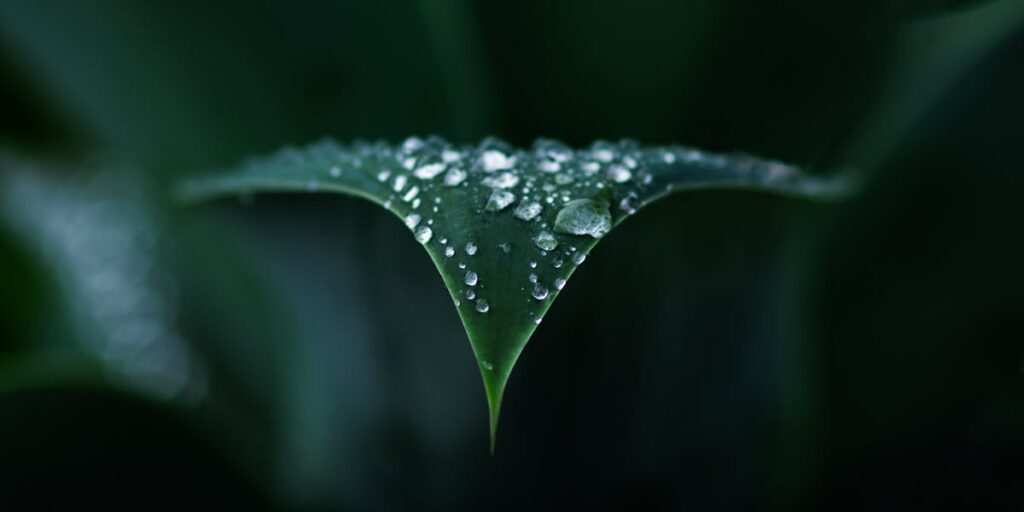Species diversity, which refers to the variety of species in a specific area, is the most observable aspect of biodiversity. It encompasses all living organisms, including plants, animals, fungi, and microorganisms. This diversity is often the first thing noticed in an ecosystem, such as the multitude of trees in a forest, colorful fish in a coral reef, or different birds in a wetland.
Species diversity is crucial for ecosystem stability. Each species plays a specific role in the ecosystem, contributing to processes like nutrient cycling, pollination, and seed dispersal. For instance, predators regulate prey populations, maintaining balance, while decomposers recycle organic matter into nutrients.
High species diversity ensures resilience, as ecosystems with greater variety are better equipped to adapt to changes or recover from disturbances like climate shifts or human exploitation. Species richness also directly benefits humans by providing food, medicine, and raw materials.
The visible presence of species diversity serves as an indicator of an ecosystem’s health. Declining species diversity often signals environmental degradation, emphasizing the need for conservation. Protecting species diversity safeguards ecosystems and ensures the sustainability of natural resources for future generations.





